Hello there my fellow gardeners, coming to you again from the campus of Botanic to discuss tips and anecdotes for successful gardening.
It has been a few weeks since my last post, and I’m so excited to get back to sharing gardening stories and solutions with everyone. It’s been a wild ride the last few weeks with heavy rains and more killing cold. I think we are past the cold and now just need regular but a bit calmer rain events.
This week, I’m excited to delve into Butterfly and Hummingbird gardens, but especially Butterfly host plants. It is time folks!!! Over the last few weeks many of our perennials are finally starting to emerge, though most have been severely damaged by the December freeze. I am seeing signs of Salvia and Lantana, sadly they aren’t returning with a vengeance as in years past. Daylillies and Hostas are doing great. Earlier in March we brought in for sale some Aesclepias a.k.a Butterfly Weed. Much to our surprise and as a result of the abnormally warm February and early March temperatures, we arrived to work to find Monarch Butterfly caterpillars had found the Butterfly weed. One of Lee County’s best butterfly saviors scooped up these plants and cared for these caterpillars all the way through their lifecycle. Ultimately, she released these beautiful Monarchs out at Robert Trent Jones area. Take a look at the photos.
When thinking about planting a Butterfly or Hummingbird Garden, it’s not just important to think in terms of flowers that will attract them, but also what will help them proliferate. Host plants for Butterflies are very important to a Butterfly/Hummingbird Garden. Most Butterflies will only lay eggs on very specific plants. If a Butterfly lays her eggs on the wrong plant, there might not be adequate forage for the caterpillar to grow and move to the next life stage. Also, it is important to remember that Caterpillars can’t travel great distances to forage for food. The foraging plants need to be nearby and in plentiful supply. Attracting Butterflies begins with making sure you have the correct host plants planted to support the Butterflies you desire to attract. One thing to keep in mind, Caterpillars have voracious appetites, so the host plants often become unsightly. You may want to plant host plants out of the most focal points of your garden.
A particular mention about The Monarch Butterfly. Monarchs are very possibly on their way to extinction. The monitoring organization and according to The International Union for Conservation (IUCN), the Monarch is endangered, meaning they have a risk of extinction. Most gardeners know Monarchs migrate thousands of miles each year in North America. According to the IUCN, the migrating population is down by as much as 70 percent over the last 10 years. As many of you might guess, the declining populations are as a result of increased pesticide use, destruction of habitat at the hands of urbanization, and possible the cycle of climate change we find ourselves in presently. As important, the Monarchs primary food source, native stands Asclepias species is in decline for much of the same reason.
HOST PLANTS FOR BUTTERFLIES
Black swallowtail – Queen Anne’s lace, parsley, Fennel
Giant swallowtail – members of the citrus family
Checkered whites – members of the mustard family
Grey hairstreak– beans & clover
Gulf fritillary & Zebra Longwings – passionflower (native)
Henry’s Elfin – blueberries
Monarch – Asclepias species, parsley, fennel, Queen Anne’s lace
Painted Lady – thistle (native)
Palamedes Swallowtail – sassafras (native)
Olive Hairstreak – red cedar
Sulfur, Grey Hairstreak – clover, dill, parsley, fennel, Queen Anne’s lace,
Tiger Swallowtail – tulip poplar, sweet bay, wild cherry (native)
You know everyone, I’m not entirely sure there is a more heart-warming act to witness than children chasing and trying to catch Butterfly’s. I can still remember my own kids marveling and savoring the joy of the hunt. As I reflect, I just ask myself as we all do – Where has the time gone? It sure will be a shame for the next generations to lose out on this perfectly pure childhood memory. Let’s all get out there and start planting for the Butterflies!!!
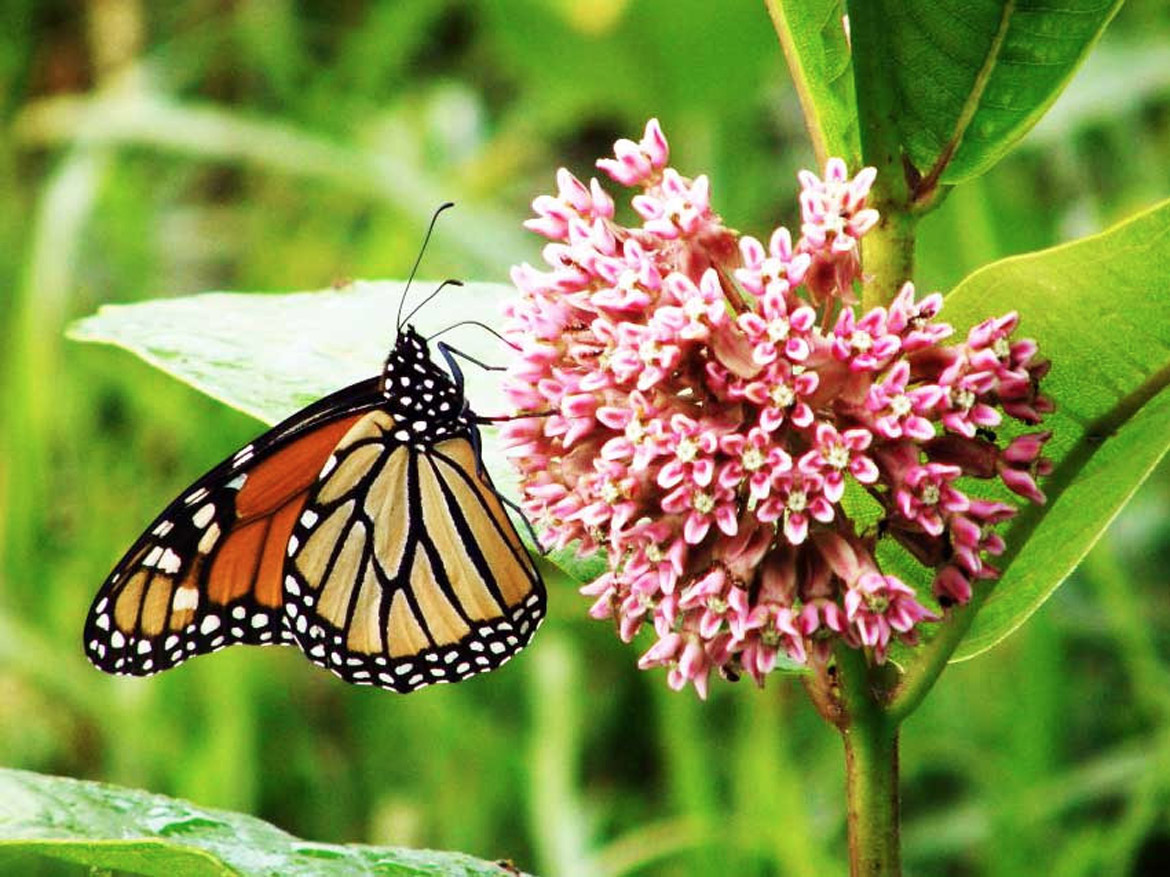
Plants Great at Attracting Hummingbirds & Butterflies
- Salvia Guaranitica
- salvia coccinea
- Salvia farinacea
- Buddleia species
- Lantana species
- Lobelia species
- Vitex species
- Basil
- Bee balm
- Day lilies
- Trumpet creeper
- Petunias
- Zinnias
- Red hot poker
- Agastache
Just to Name a Few!
We are getting amazing plants in every day and building up a diverse inventory with exciting varieties to introduce to your own garden. If you are starting from scratch or building on what you already began, we hope you will visit the Greenhouse for more inspiration. We’d love to hear how your butterfly gardens thrive. Comment below or come see us at Botanic!
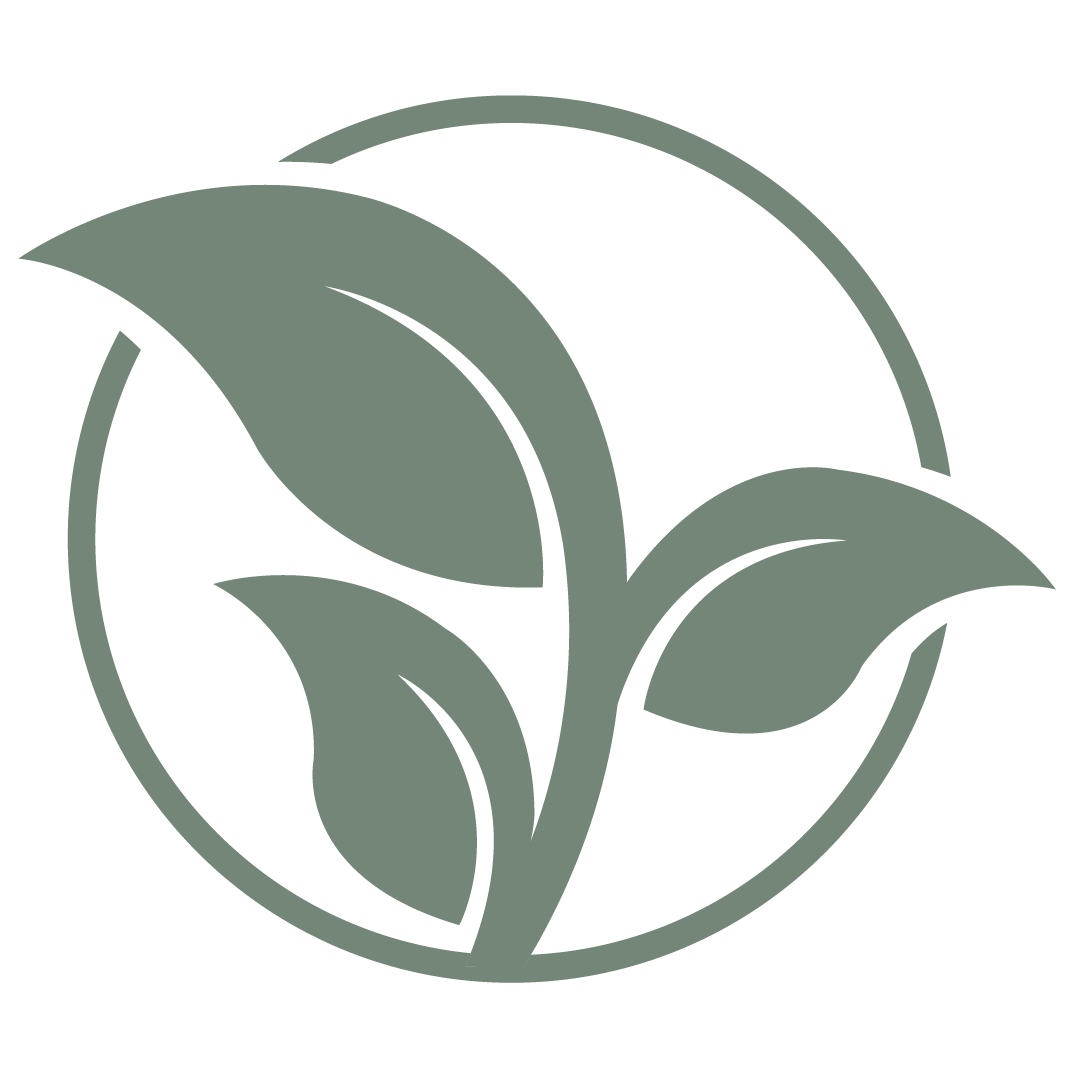

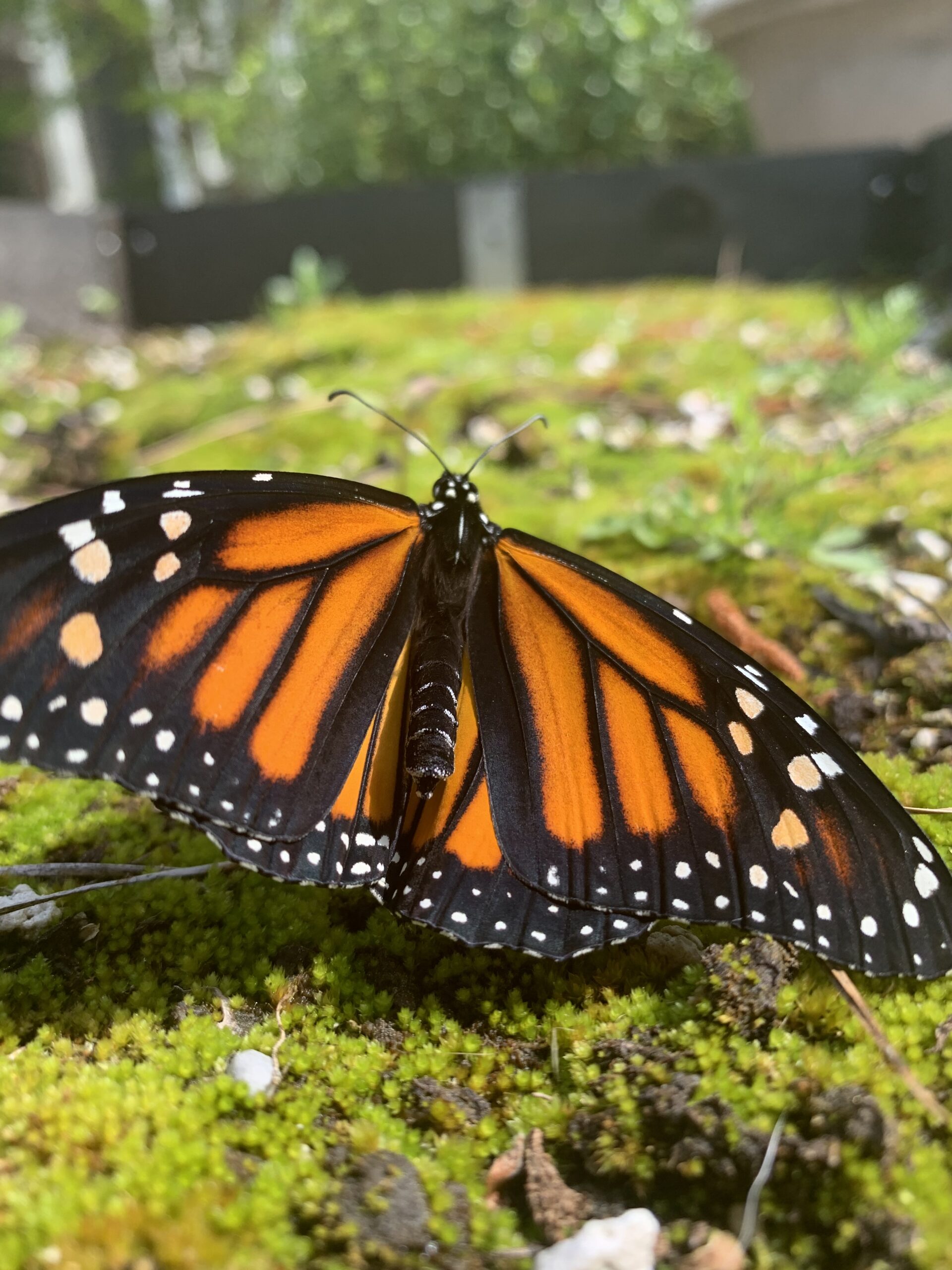
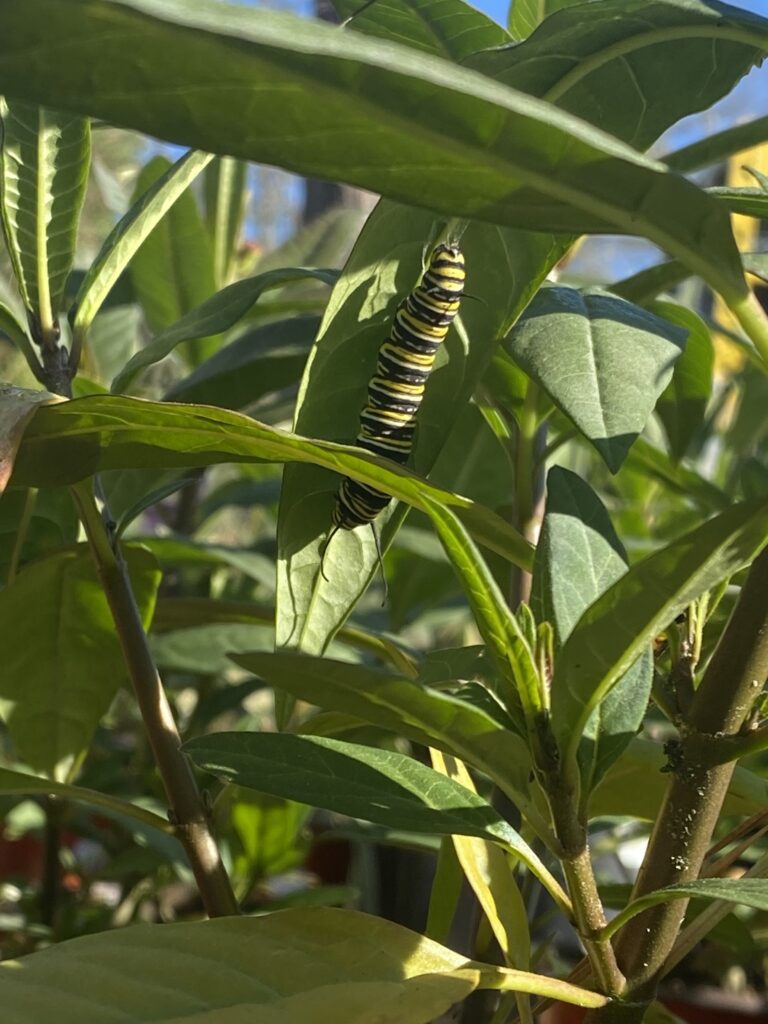
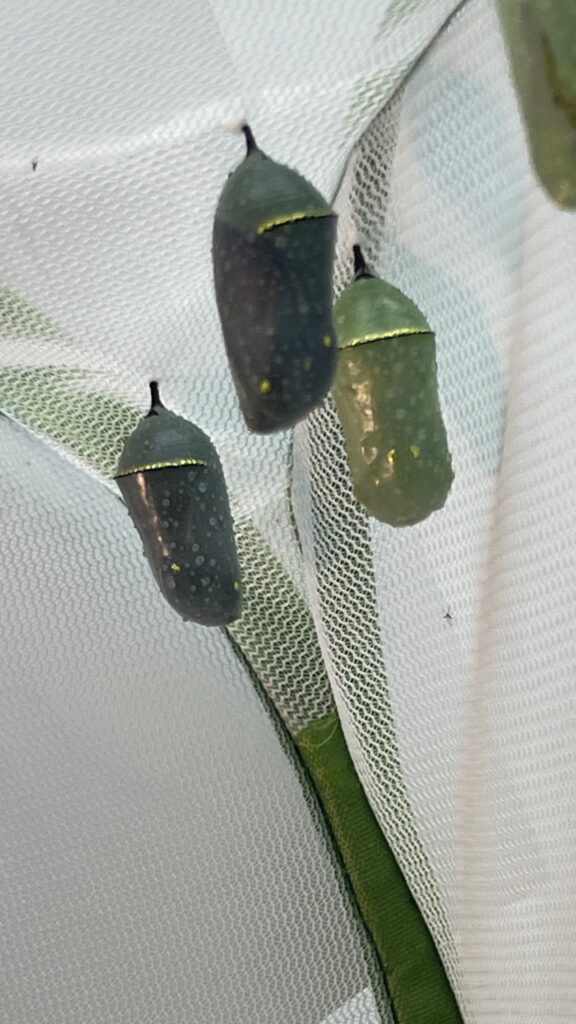
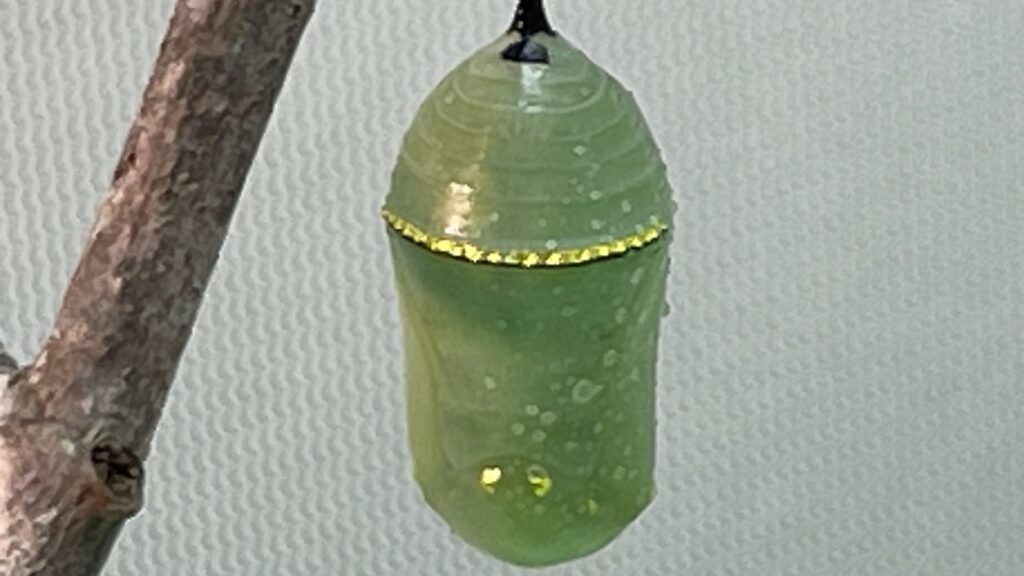
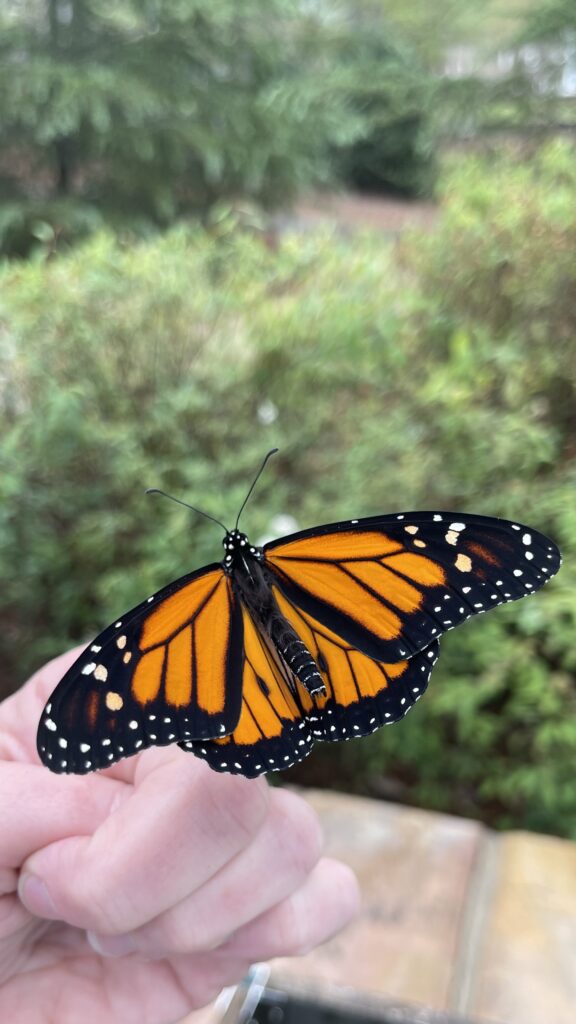
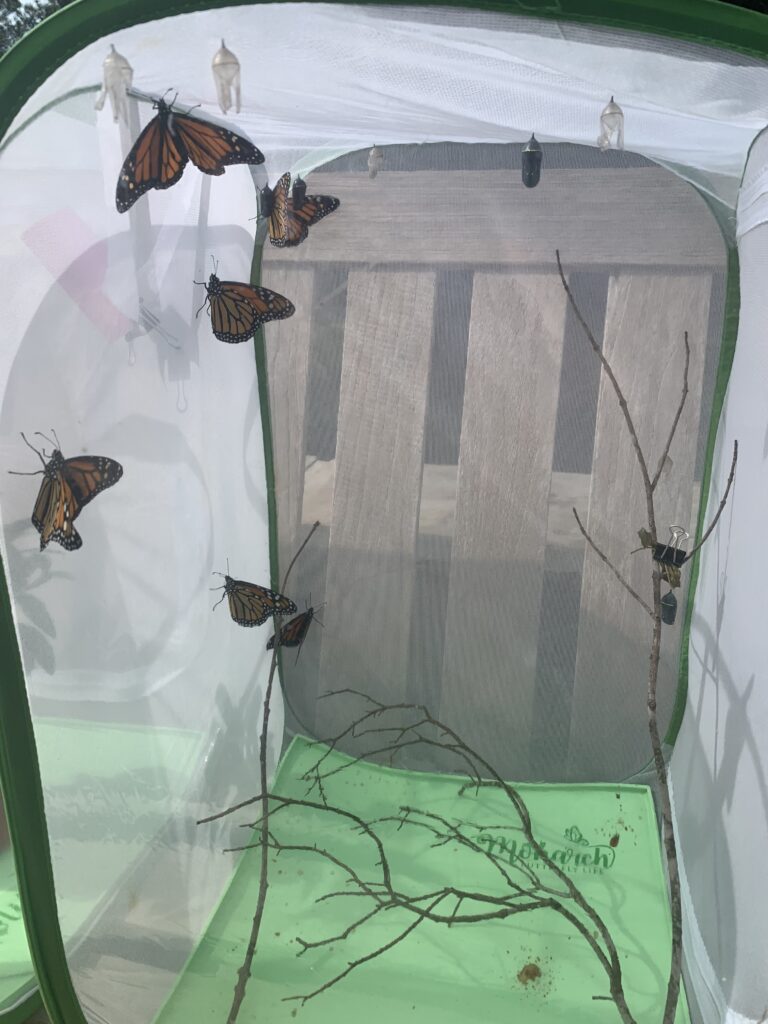
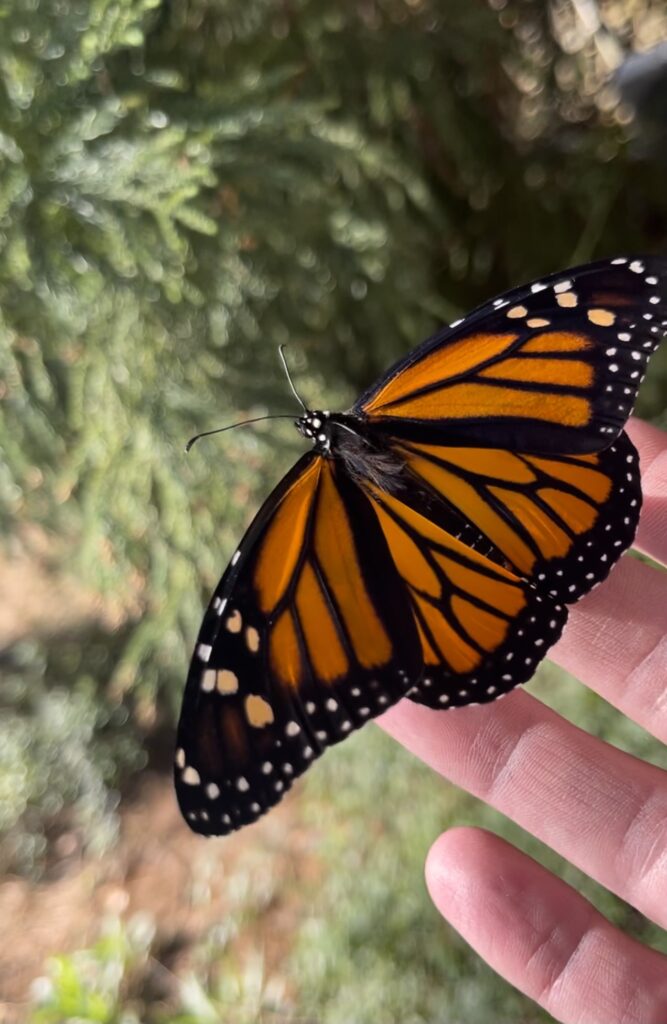
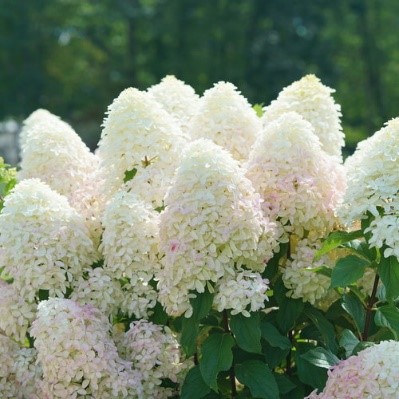
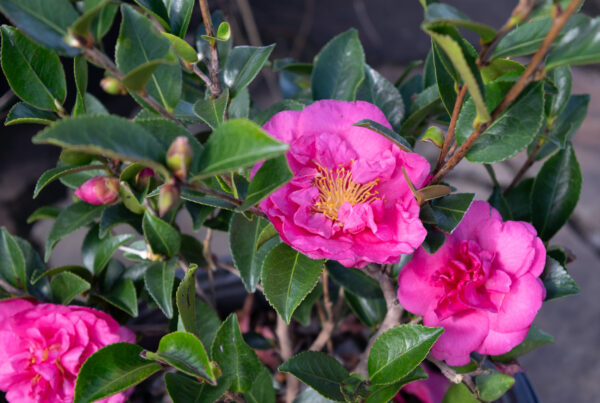
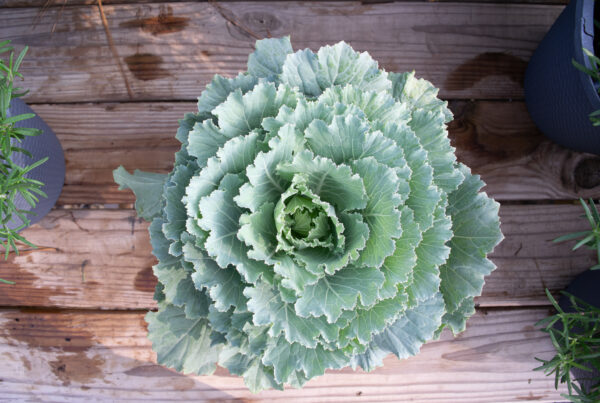
Oh how I would love to live closer to Botanica! Yet even at 1.5 hours drive it’s worth it! Thank you for creating such a beautiful and educational place. Butterfly gardening is near and dear to my heart as I raised my children (back in the day) with host plants, caterpillars, chrysalises and butterflies!! Never gets old! Thank you!
King, thanks for advice. We all enjoyed the workshop on container gardening. Keep it up. Dennis Drake
I’m loving your blog! Your knowledge and enthusiasm is rare and thank you for sharing with us!
King, I love this blog! Your wealth of knowledge and enthusiasm is rare and I love to see you sharing it with everyone!
Do y’all have Queen Anne’s Lace? I would love some for my cutting garden.